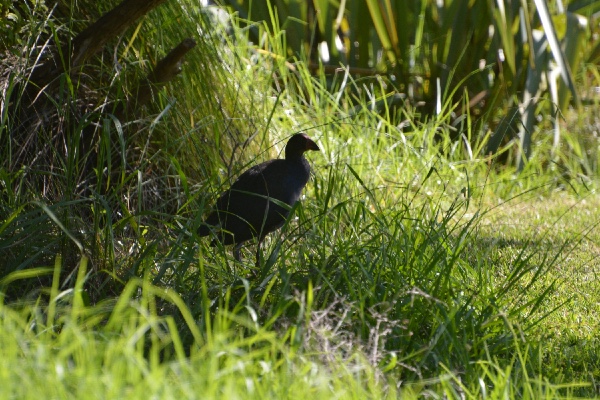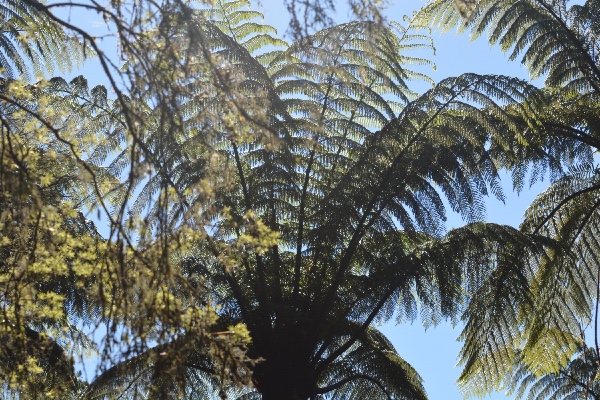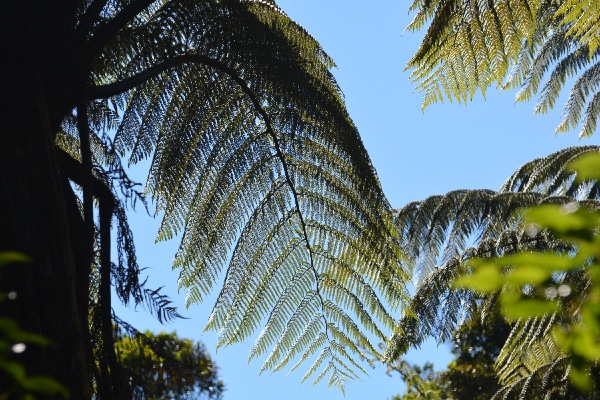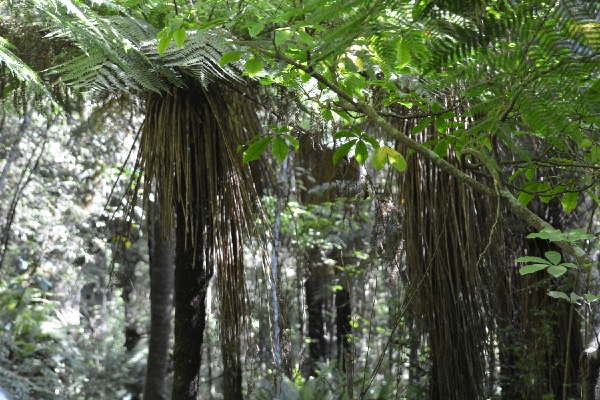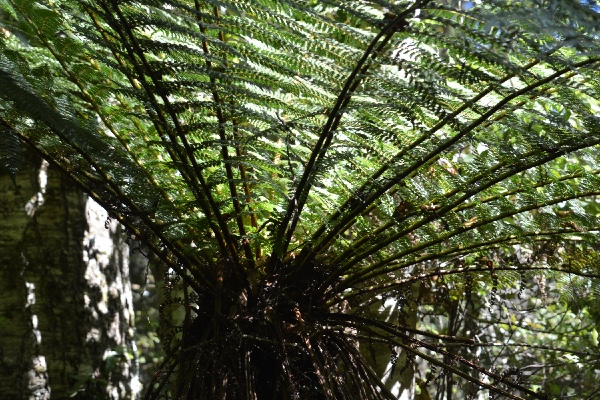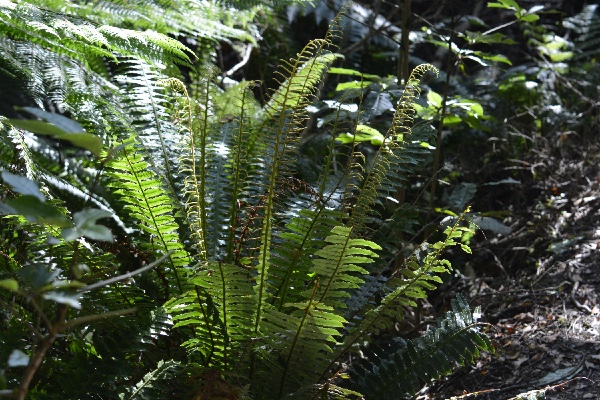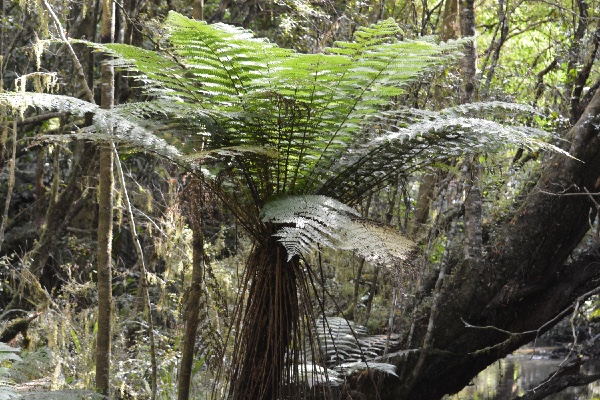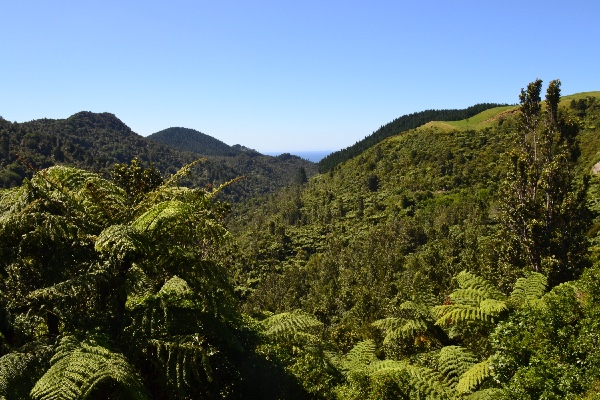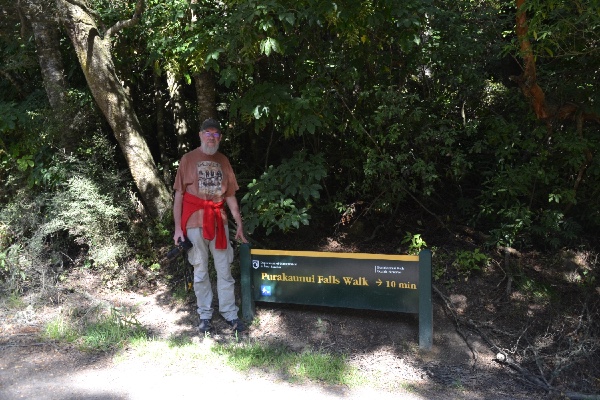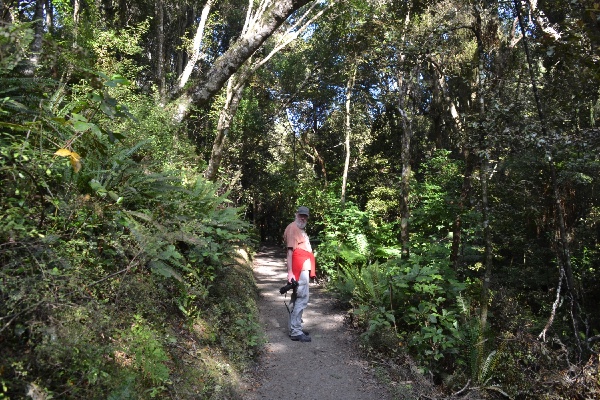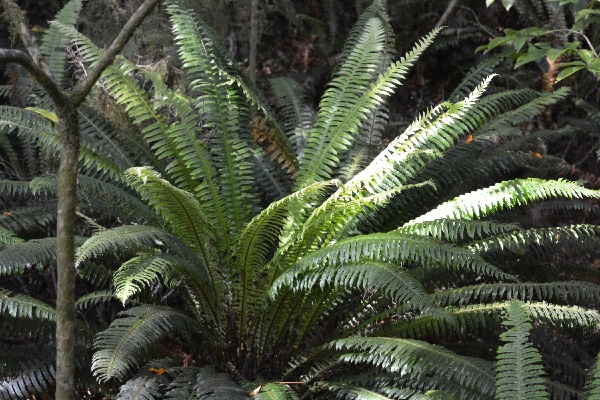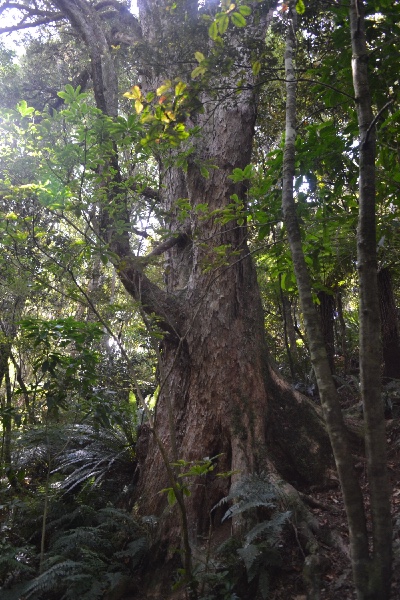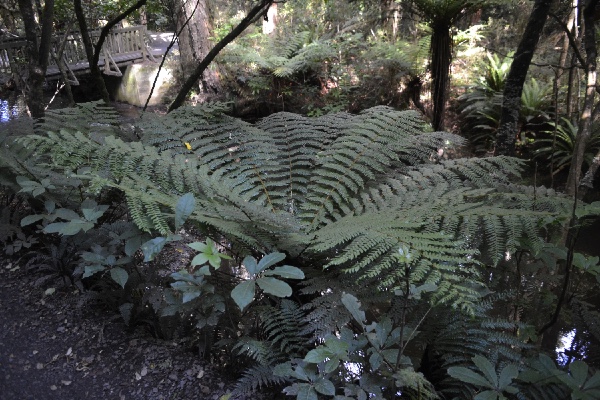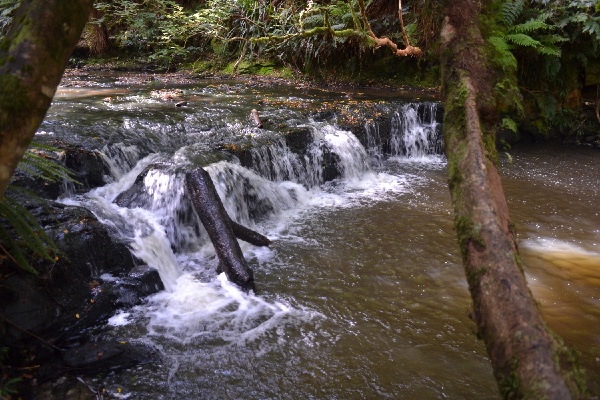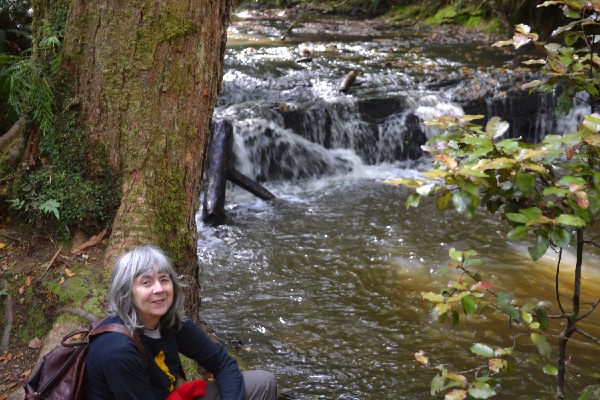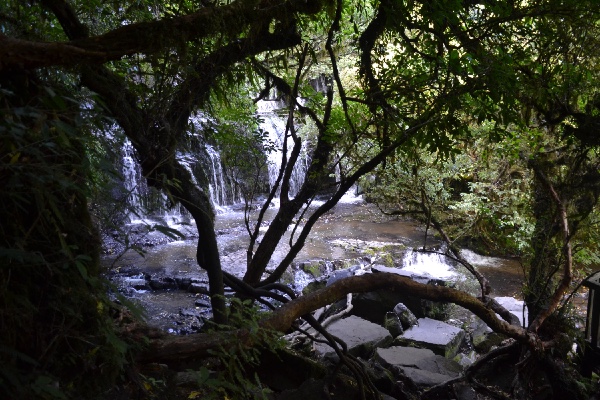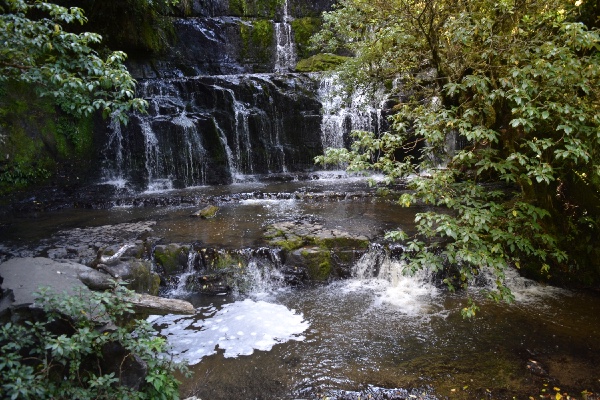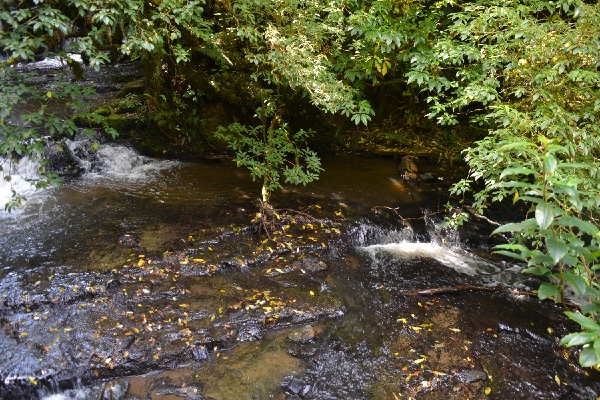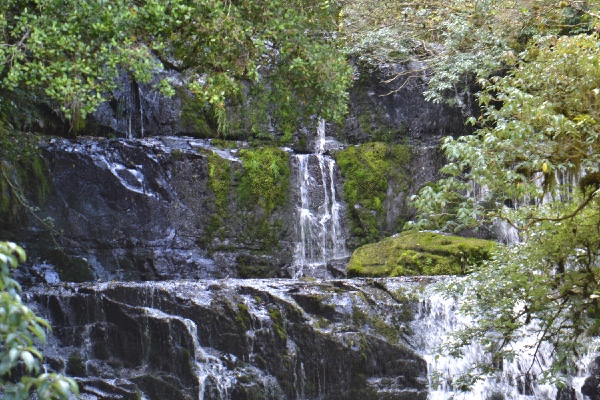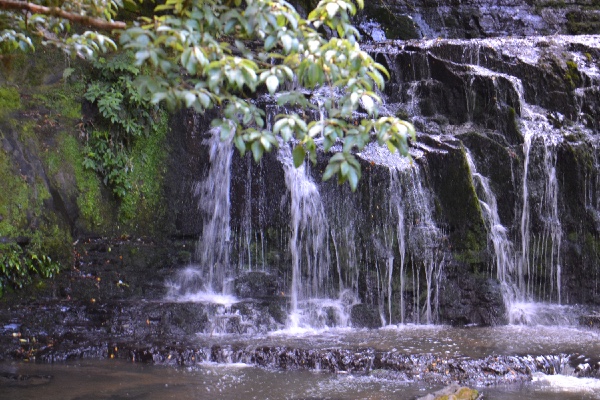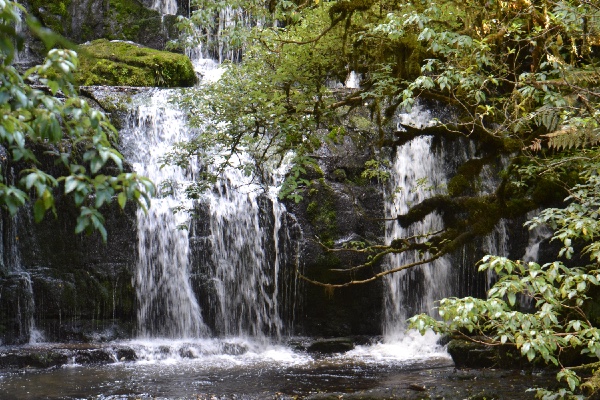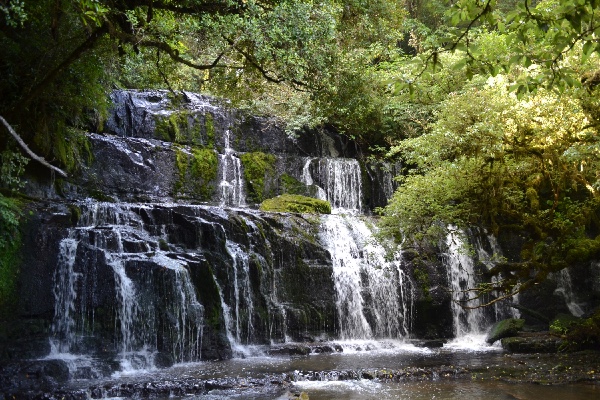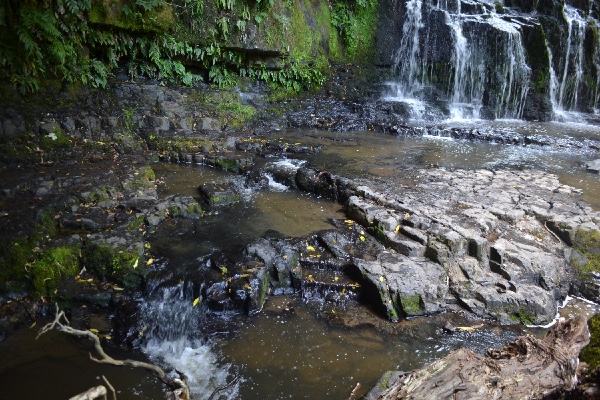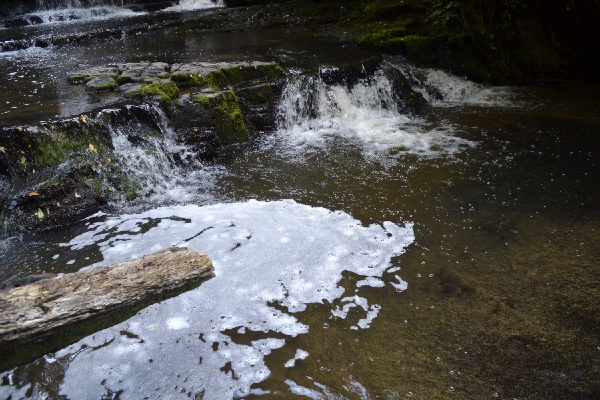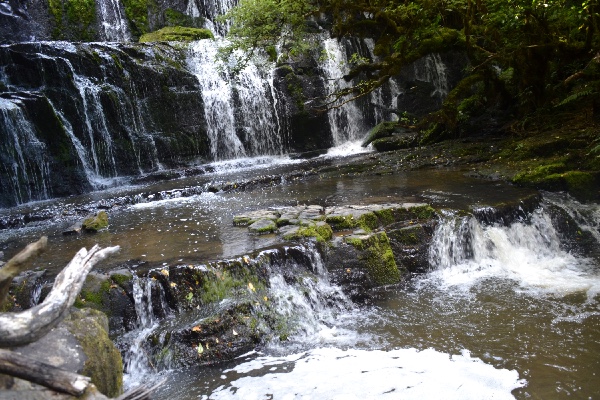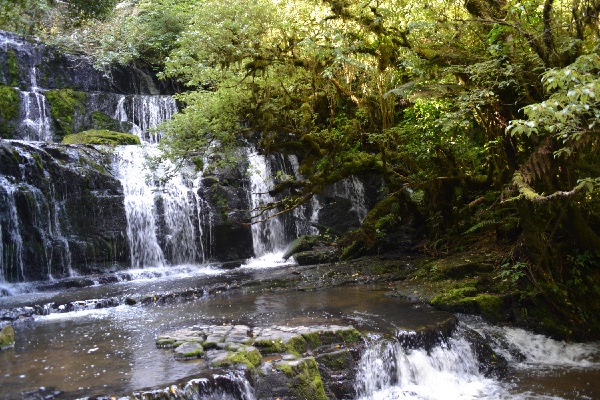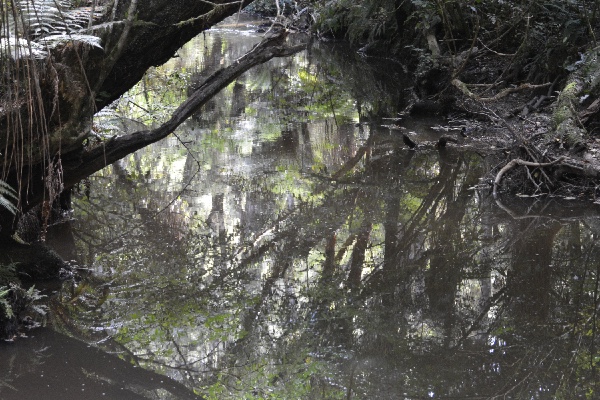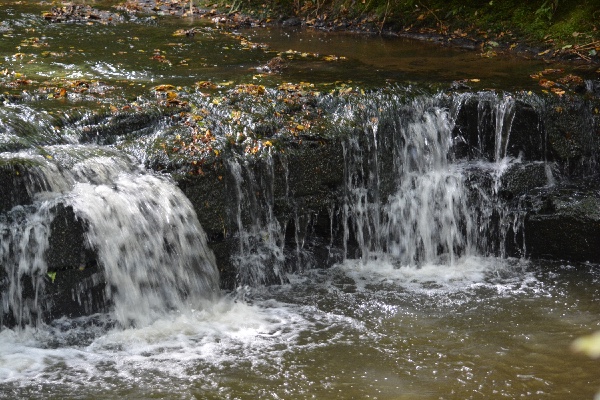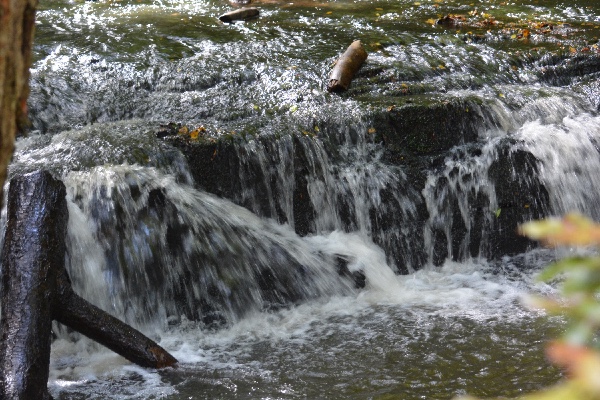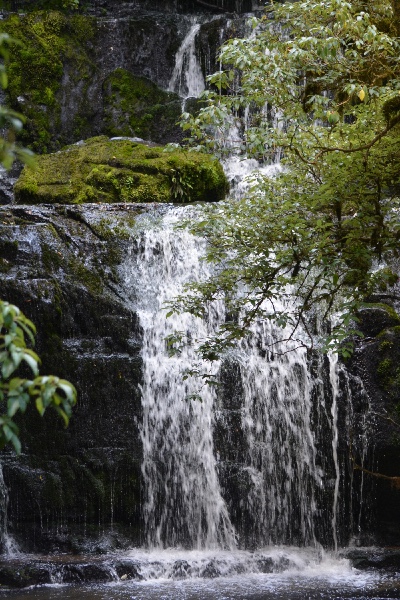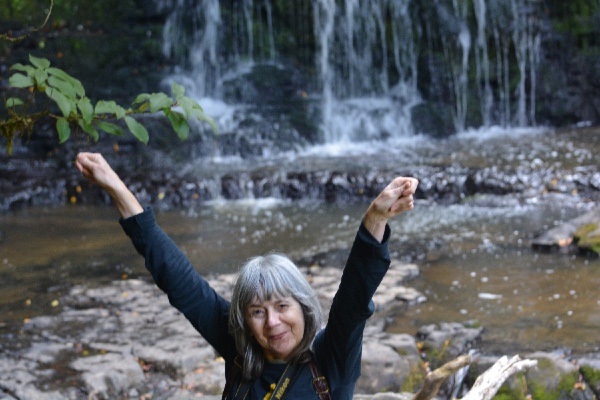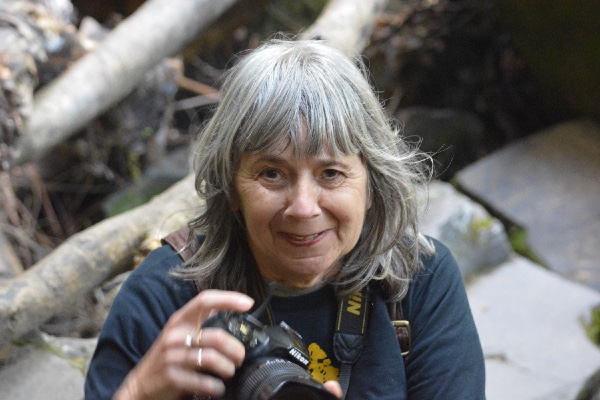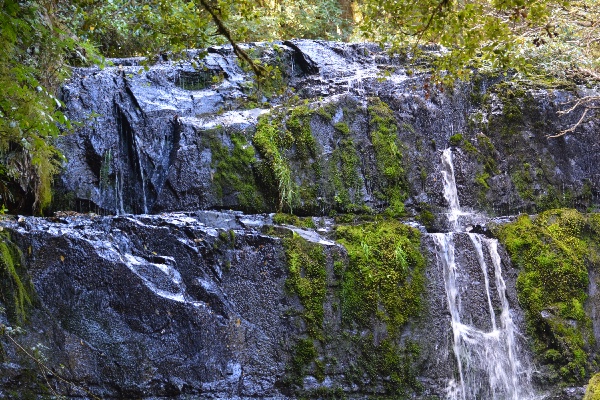Into Each Heart Some Water Falls
New Zealand, an Otherworldy Paradise
Visiting New Zealand is like visiting another planet. For starters, it is very far from home, at our antipodes. But that’s not really the question. The reason why nature on the islands seems out of this world is that it kind of dropped out of the global evolution millions of years ago and continued to change on its own. New Zealand got separated from Gondwanaland 80 million years ago, even longer than Australia with its marsupials, primitive mammals. New Zealand got isolated before the first mammals developed (1) and only a few bat species and several sea-mammals (whales, seals and dolphins) are endemic. Insects and birds took over the role of mammals in the ecosystem and some birds like the giant moa and the iconic kiwi ‘forgot’ how to fly because there were no predators around. Now cats and dogs simply decimate these flightless kiwis and takahēs.Less than thousand years ago, the Maori were the first humans to set foot on the islands. They brought Polynesian dogs and rats. At the end of the 18th century, Europeans arrived and imported sheep, pigs, cows, horses, mice, possums (“the little bump on the road”) and many other threats to the endemic fauna and flora. On the flora side, New Zealand is a paradise for ferns, that haven’t been replaced by more ‘modern’ plants as is the case in the rest of the world.
Pūrākaunui Waterfalls
In the beautiful Catlins, a green region in the southeast of South Island, the Pūrākaunui Falls are hidden in a forest full of ferns. A short bush walk brought us to our first kiwi falls. The water comes down in three tiers and the total height of the falls is 20 m.The Big Falls
(1) Well, not completely. Part of a lower jaw and a femur of a primitive mammal were found in Saint Bathans (in Otago, South Island) in 1978, simply called the Saint Bathan mammal*... In 2002, scientists described this small mouse-like animal for the first time.
All photos, movies, and texts (except those signed by Touché Guimarães) were made/written by Guy Voets, and everything is published under the Creative Commons BY-NC-SA license (attribution, non-commercial, share-alike).
Text in brown are links, either to another part of the website, or away from it. When marked with a *, the link goes outside, indicates where it takes you (e.g. wikipedia, youtube,...) in the left bottom corner of the page, and a new tab or page opens.
Text in brown are links, either to another part of the website, or away from it. When marked with a *, the link goes outside, indicates where it takes you (e.g. wikipedia, youtube,...) in the left bottom corner of the page, and a new tab or page opens.
You can click on most photos to start a manual Lightbox 2* show with larger versions of the photos on the page. Once the show starts, you can click on the right arrow to go to the next photo, left arrow for the previous one. The x at the bottom right stops the show and brings you back to the page. Each photo also has a legend, at bottom left.
photos from 2016.
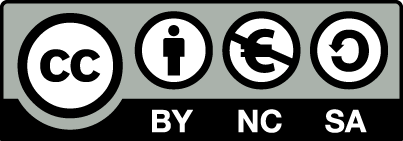
photos from 2016.

